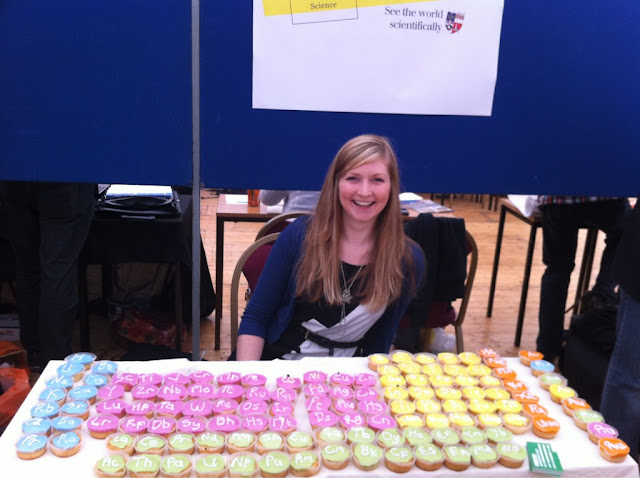Updates from Hapsci and a call for help!

Next month (November) I will be continuing my Churchill Fellowship with a trip to Shanghai and to Tokyo. As you can imagine I am very excited about taking this trip. I will be meeting with a number of interesting people including two research groups that focus on science communication in China and in Japan. It's going to be a new experience for me and I'm looking forward to the trip. But before I head on my way I wanted see if there are any particular questions people wonder about science and science communication in China and Japan from my blog readers. It would be great if you could tell me if you interact/follow any great science focused accounts that are based in China or Japan. I would be interested to know if there are any particular pages or accounts that people really love. I also want you to help me (and researcher Paige Brown Jarreau ) to understand more about who reads this blog and other blogs related to science. Y...





